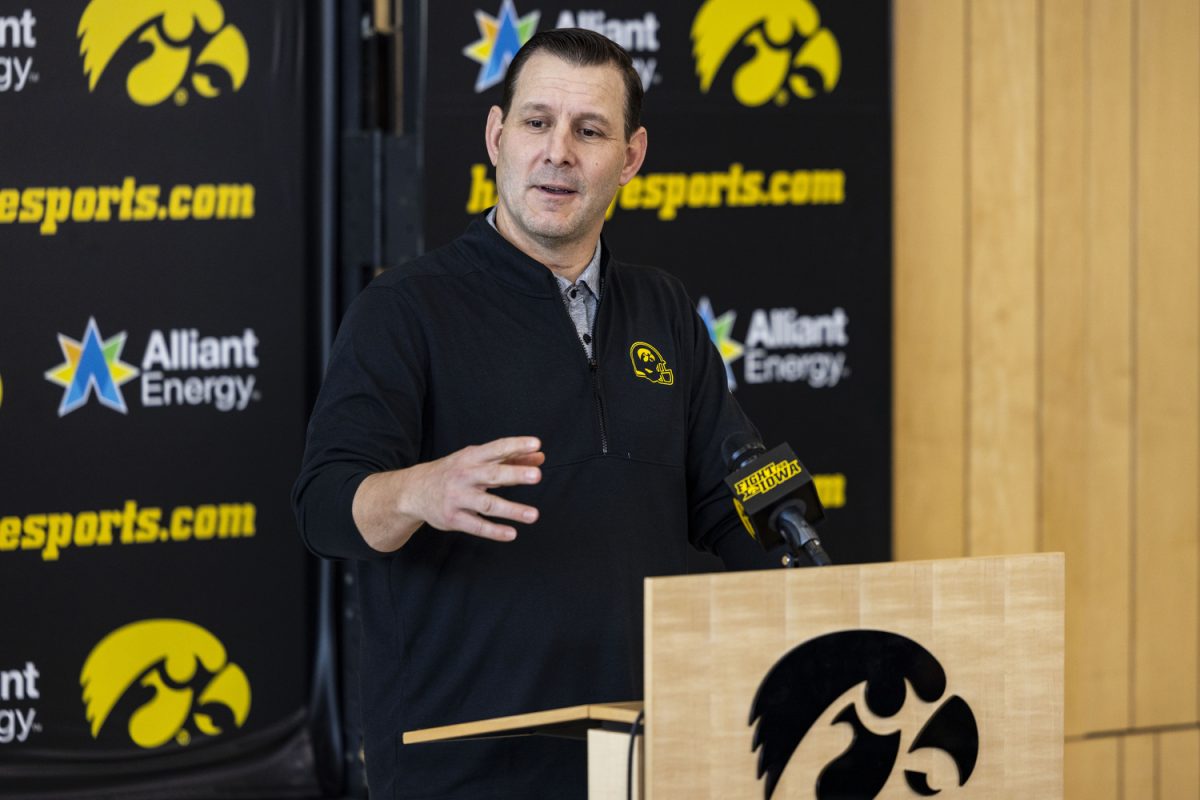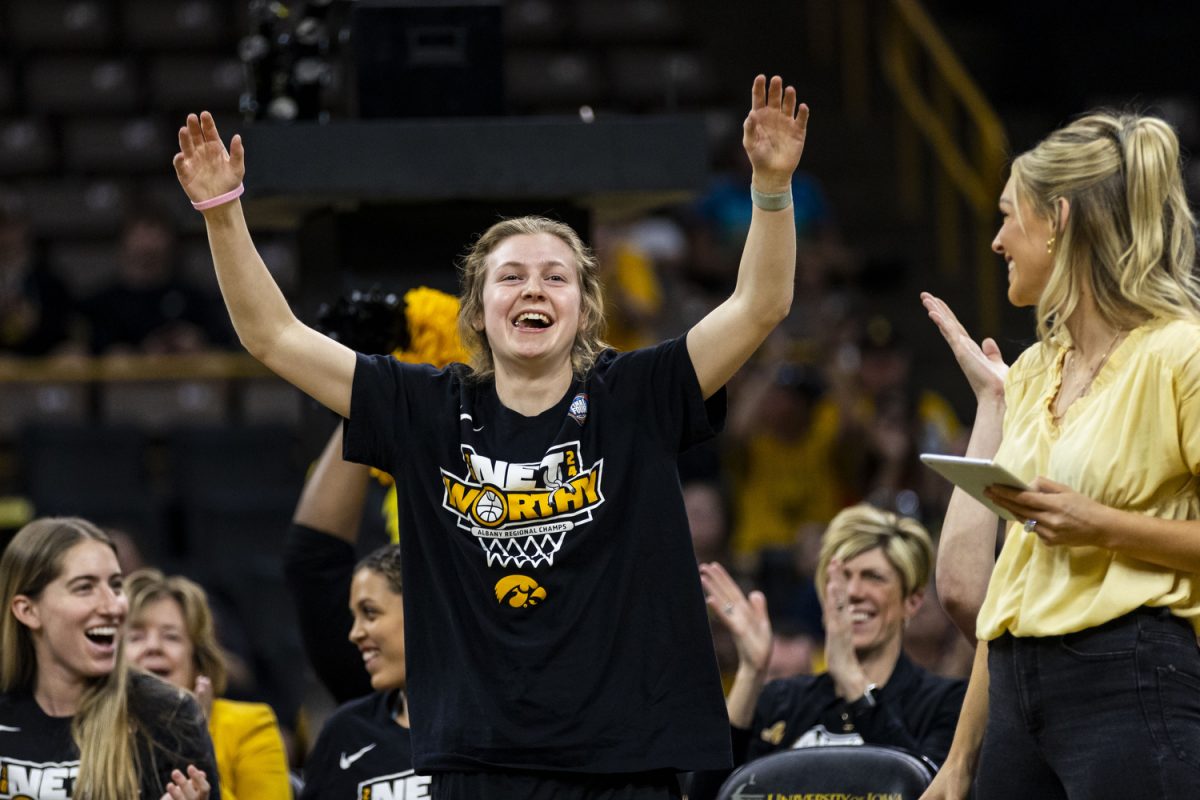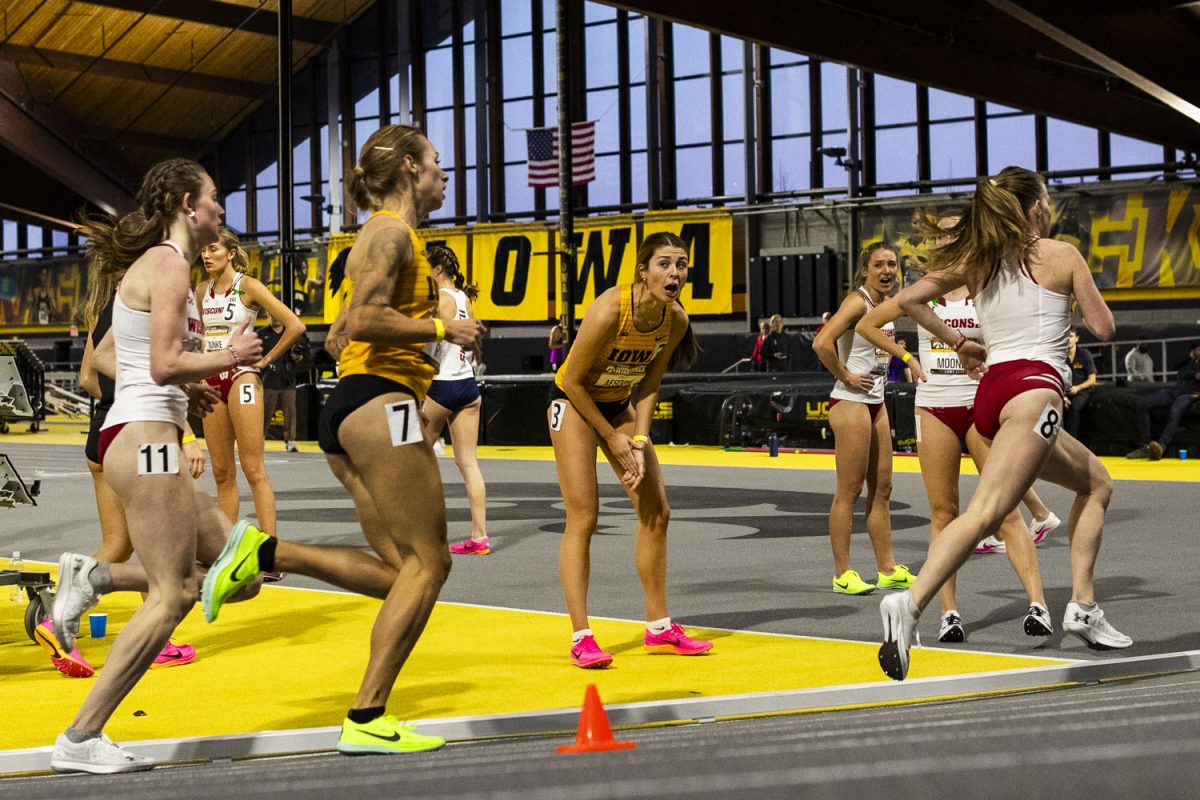
Phil Parker is not new to the Iowa football program.
Sure, he’s the new defensive coordinator this year. But he was on staff for the 13 seasons before that.
So maybe it shouldn’t come as a surprise that blitzing — or the lack thereof — is still a hot topic among fans frustrated by a lack of pressure on opposing QBs.
Parker said the Hawkeyes are blitzing on about 17 or 18 percent of their defensive snaps, which is right where they were in the past few years.
“Well, you always like to have a lot more pressure at times, but I think sometimes when you bring a little pressure, you give up a chance for an explosive play,” he said on Tuesday. “Eliminate the big plays; that’s the biggest thing.”
It’s a familiar philosophy to Iowa fans, though it’s hard to argue with the results this season. The Hawkeye defense is second best in the Big Ten through five weeks, allowing just 315 yards per game.
That’s despite the fact that it is 10th in the conference in sacks.
Iowa sacked Minnesota quarterback Max Shortell twice on Sept. 29, both on blitzes by linebackers James Morris and Christian Kirksey.
“We just capitalized,” Kirksey said. “It looks a lot better when you blitz when you get to the quarterback. We just succeeded with our opportunities.”
Morris said the sacks weren’t a result of more blitzes being called, but the players getting to the quarterback faster.
“They’re appropriately timed,” he said. “The coaches do a great job calling them. I’m not complaining; I’ll go get sacks. We don’t do it very often, so when we do it, you have to do a good job. You do it for a reason.”
Parker said it mostly came down to his gut feeling when — and how often — Iowa would call a blitz.
“It depends on the timing of it, the situation of the game, and how you feel,” he said. “A lot of times, you kind of understand a little bit what they’re doing. It’s a feel of the game.”






